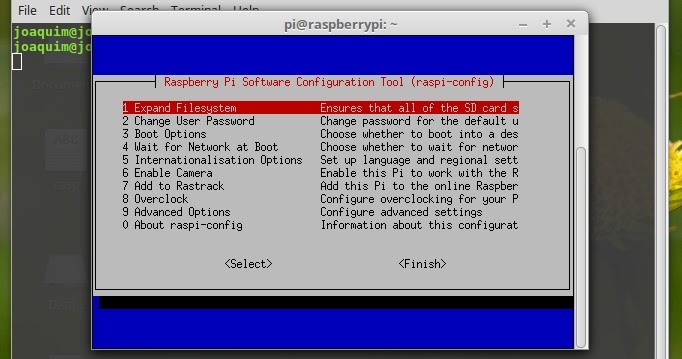

- #Remoter vnc backup config install
- #Remoter vnc backup config software
- #Remoter vnc backup config license
- #Remoter vnc backup config free
You may also find additional VNC solutions, such as GitHub or Wikipedia (see link above). In this article, we reviewed a list of the most prominent Linux-supporting VNC solutions available.
#Remoter vnc backup config software
There is also a set of VNC softwares for Windows (and/or macOS) only EchoVNC, VNCRobot, mRemoteNG, TurboVNC.Īnd, if you would like to find even more VNC software, see this huge list of remote desktop software on Wikipedia! Conclusion There are some other interesting VNC and other options to explore: x11vnc/libvncserver, QEMU (more of an open source emulator/virtualizer), and MobileVNC. Look at the next item for some options, or consider the ones above. To use noVNC, you will still require a VNC server, or an emulator, to be running on the remote system.
#Remoter vnc backup config license
TigerVNC was originally based on TightVNC and you can read more about the project motivation on their homepage.Īs a different, but interesting, concept you may consider noVNC, a WebSocket and browser-based client-only VNC solution, mostly licensed under the Mozilla Public License 2.0 (ref noVNC license). TigerVNC, another cross-platform implementation of VNC, promotes itself as being performant enough to run 3D and video applications. If you run into issues, you can log bug tickets in their bug tracker, but start with reviewing the TightVNC Bug Reporting guidelines. TightVNC is also cross-platform and compatible with other VNC software.
#Remoter vnc backup config free
Much like UltraVNC, TightVNC is another major free (including for commercial use) and open source contender to RealVNC. If you run into issues, you can check the source or log an issue ticket on the UltraVNC GitHub repository. It also supports file transfers and chats. UltraVNC provides optional (and free) DSM encryption. It is definitely worth checking out, though I note that in the past (presumably for older versions), I have had more issues setting up UltraVNC than I had setting up RealVNC. Our first major free (including for commercial use) and open source contender to RealVNC is UltraVNC. Some vendors claim compatibility, but make sure to test this if you want to mix various solution providers. For example, when you try and run a VNC server from a vendor or provider X but use a VNC client from a vendor or provider Y, something may only partially work or not at all. You can read up on this to learn more, if you have the time.Īnother issue that plagues the VNC domain is minor incompatibilities between VNC providers, at least in the past. There is also a bit of history when it comes to where VNC came from, who owns the software’s rights, etc. This sort of paid-versus-free issue has continually plagued the VNC software area for some years. However, it is a bit steep when the same functionality was provided in the past for a once-off fee which approximately matches the current per-year subscription fee. It may be worthwhile downloading and installing it, seeing if a license is required for personal use.įor commercial use, you may like to fork out the license fee. It is not immediately clear from their website, though the server and client can be downloaded for free. If you are planning to use VNC for personal use only, RealVNC may have a free option for this. If you do not require support, often a free alternative, even for commercial use, can be found. However, this is not the case with a lot of software packages in the Linux open-source domain. If it is for commercial/business use, likely a fee will apply. When looking for any type of software, it is also always important to consider how you will use the software if it is just for personal use, you may find that a free license is available. This makes looking for a solid, free, and preferably open-source alternative even more important. If you happen to have such an old license, congratulations, as now a monthly ongoing fee seems required. In the past, one could buy, for a small fee (once-off if you were experienced and did not need ongoing support), a VNC server (with a free client) for Linux, Windows, and macOS that works well. Whilst this is the only commercial solution on our list, it should be mentioned. $ – requires linux-commands to be executed as a regular non-privileged user # – requires linux-commands to be executed with root privileges either directly as a root user or by use of sudo command
#Remoter vnc backup config install
Requirements, Conventions or Software Version UsedĪny utility which is not included in the Bash shell by default can be installed using sudo apt-get install utility-name (or yum install for RedHat based systems)

VNC Remote-Screen Utilities for Linux Software requirements and conventions used Software Requirements and Linux Command Line Conventions Category


 0 kommentar(er)
0 kommentar(er)
